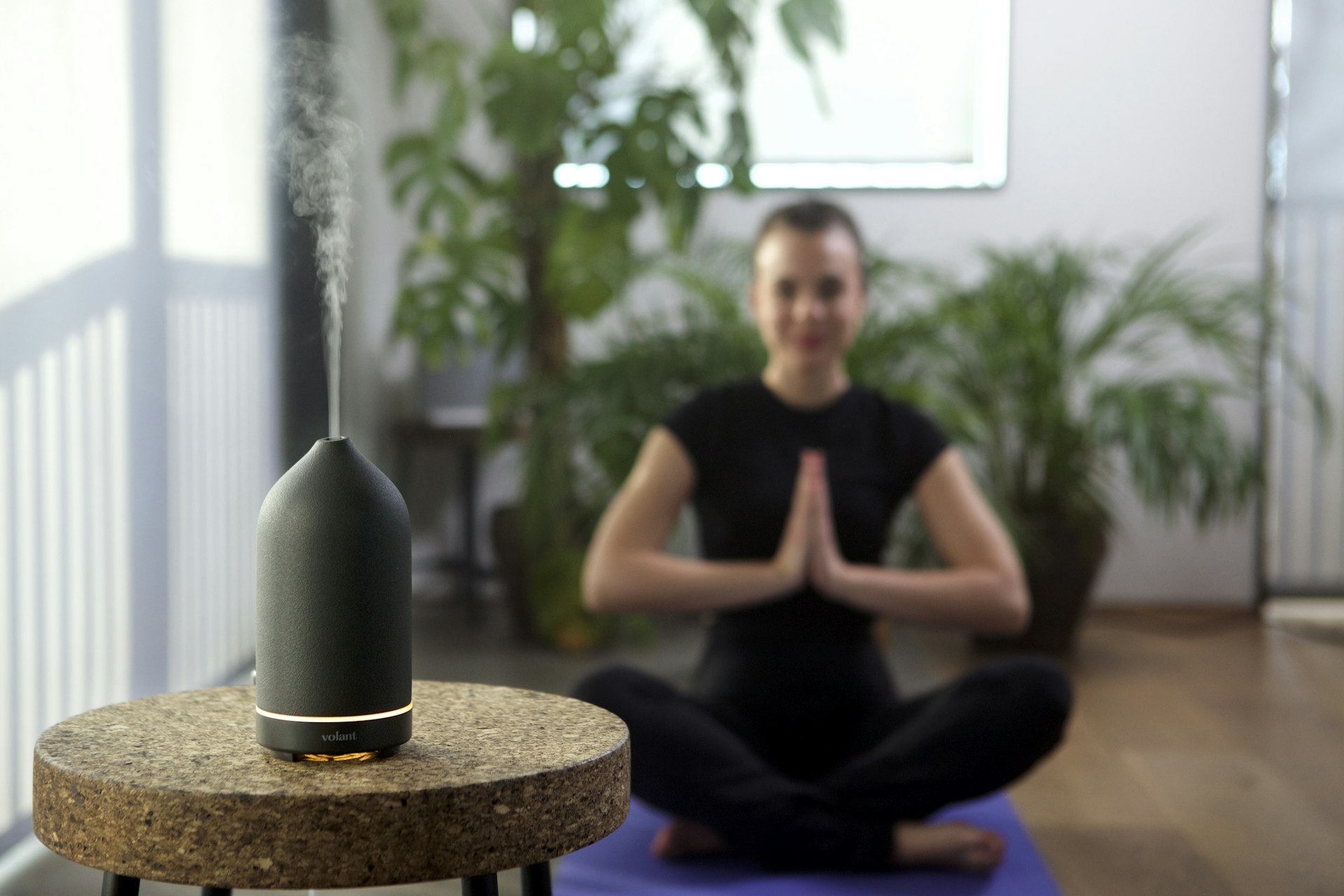Achieving Wellness Through Mindful Technology Use: Practical Strategies for Digital Balance


Photo by volant on Unsplash
Introduction: The Intersection of Wellness and Technology
Our lives are increasingly shaped by technology, from smartphones to wearable health devices. While these innovations bring remarkable convenience and connectivity, they can also create challenges for our mental and physical well-being. The concept of mindful technology use has emerged as a powerful approach to balance these benefits and pitfalls, emphasizing intentional, aware, and value-driven engagement with digital tools [1] .
What Is Mindful Technology Use?
Mindful technology use means consciously choosing how, when, and why we interact with digital devices. Rather than passively reacting to notifications or spending hours on social media without purpose, it encourages us to align our technology habits with our personal values and wellness goals [1] . This approach can foster greater presence, mental clarity, and emotional regulation in everyday life.
The Impact of Technology on Well-being
Research shows that excessive, unintentional technology use can lead to increased anxiety, reduced attention span, and disrupted sleep patterns [2] . On the other hand, purposeful engagement with digital tools can enhance productivity and support healthy routines. For example, using health apps to track physical activity or meditation practices can reinforce positive behaviors when approached mindfully [3] .
Benefits of Mindful Technology Habits
Adopting mindful technology practices can yield significant benefits:
- Improved productivity : Limiting distractions and focusing on single tasks helps to complete work more efficiently.
- Enhanced mental well-being : Reducing exposure to negative content and ensuring screen-free downtime can decrease stress and support emotional health.
- Better work-life balance : Creating boundaries between work and personal device use prevents burnout and increases the quality of personal relationships [1] .
Practical Steps for Mindful Technology Use
There are several actionable strategies to foster mindful digital habits. Each approach involves both technical adjustments and behavioral changes:
1. Use Built-in Device Tools
Modern smartphones and computers include features to help manage technology use:
- “Do Not Disturb” and Focus Modes : These settings allow you to silence notifications during work, rest, or family time, minimizing interruptions [2] .
- Screen Time (iOS) and Digital Wellbeing (Android) : These built-in features show how much time you spend on each app and let you set daily limits. Reviewing usage reports can help you spot patterns and make conscious adjustments.
Implementation tip: Set app limits for high-distraction apps and schedule “downtime” when your phone blocks access to non-essential applications.
2. Establish Tech-Free Zones and Times
Designate areas in your home or times of day when devices are not used, such as during meals or the first hour after waking. This helps foster face-to-face connection and reduces dependency on screens [1] .

Photo by Markus Winkler on Unsplash
Implementation tip: Inform family, friends, or colleagues about your “tech-free” policy to encourage mutual support and respect for these boundaries.
3. Regularly Reflect on Your Tech Habits
Take time each week to review how you use technology. Ask yourself:
- Am I using devices for their intended purpose?
- Do I feel more energized or drained after screen time?
- What triggers mindless scrolling or checking?
Journaling these reflections can reveal patterns and motivate gradual improvements.
4. Leverage Mindfulness Apps and Tools
Many apps are designed to support mindfulness, meditation, and digital wellness. If you are interested in structured guidance, consider searching for “best mindfulness apps” through reputable tech review sites or app stores. When selecting an app, look for those with strong user reviews and evidence-based approaches.
5. Set Clear Intentions for Device Use
Before picking up a device, pause and identify your objective. Are you looking up information, connecting with someone, or just passing time? Setting a clear intention helps prevent mindless browsing and encourages more fulfilling engagement [4] .
Overcoming Challenges
Implementing mindful technology use can be challenging due to ingrained habits and external pressures. Common obstacles include:
- Constant digital distractions : The lure of notifications and social media can be difficult to resist. Consider disabling non-essential alerts and removing particularly distracting apps during focus periods.
- Social expectations : Friends, family, or work may expect instant responses. Communicate your digital boundaries clearly and provide alternative contact methods for urgent matters.
- Habit formation : Sustainable change takes time. Start with small steps, such as a single tech-free hour each day, and gradually expand as you feel more comfortable [1] .
Case Example: Mindfulness with Personal Health Devices
Recent research demonstrates that practicing mindfulness with health-focused technology, such as fitness trackers or smartwatches, can increase motivation and promote positive behaviors. Users who consciously engage with these devices-by setting clear health goals and regularly reviewing feedback-report greater satisfaction and are more likely to maintain healthy habits [3] . Conversely, passive or compulsive use can lead to frustration or anxiety, especially if device feedback becomes a source of stress.
Implementation tip: When using health devices, set specific, manageable goals, and periodically reflect on whether the technology is supporting your long-term well-being rather than just tracking numbers.
Alternative Approaches and Additional Resources
There is no single “right” way to practice mindful technology use. Alternative approaches include:
- Participating in digital detox challenges, which involve voluntarily abstaining from screens for a set period.
- Joining support groups or workshops focused on digital wellness. Many local community centers and mental health organizations offer resources; search for “digital wellness workshops” in your area.
- Consulting with a mental health professional if you feel overwhelmed by technology use. Many therapists now offer guidance in developing healthy digital habits.
Step-by-Step Guide to Getting Started
- Assess your current technology use with built-in device features or a simple journal.
- Identify key sources of distraction or stress.
- Set one or two specific, realistic goals (for example, “no phone during meals” or “screen-free hour before bed”).
- Communicate your intentions to those around you for support.
- Regularly review your progress and adjust as needed.
- Explore mindfulness apps or workshops if you want structured support.
Key Takeaways
Mindful technology use is an ongoing process that involves intention, reflection, and adaptation. While challenges exist, the rewards in productivity, emotional well-being, and work-life balance are substantial. By taking small, consistent steps and seeking support when needed, anyone can foster a healthier relationship with technology and enhance overall wellness.
References
- [1] Focuskeeper (2023). What is mindful technology use? Definition and strategies.
- [2] Mindwell NYC (2023). 5 Ways To Be More Mindful With Technology.
- [3] Esmaeilzadeh, P. (2020). The Role of Information Technology Mindfulness in Personal Health Devices. Journal of Medical Internet Research.
- [4] Uprise Health (2023). Mindful Tech Habits: Digital Balance for a Happier Life.






